Money tells the story of a nation, its struggles, victories, and evolving identity. The history of U.S. currency is no different. From the earliest colonial notes to today’s high-tech bills, every coin and paper carries layers of history that mirror America’s growth. These fascinating facts reveal not only how money was made but also the social, political, and economic transformations that shaped it. Let’s explore ten captivating moments and milestones in U.S. monetary history that continue to intrigue historians and collectors alike.
1. The First Paper Money Appeared in 1690
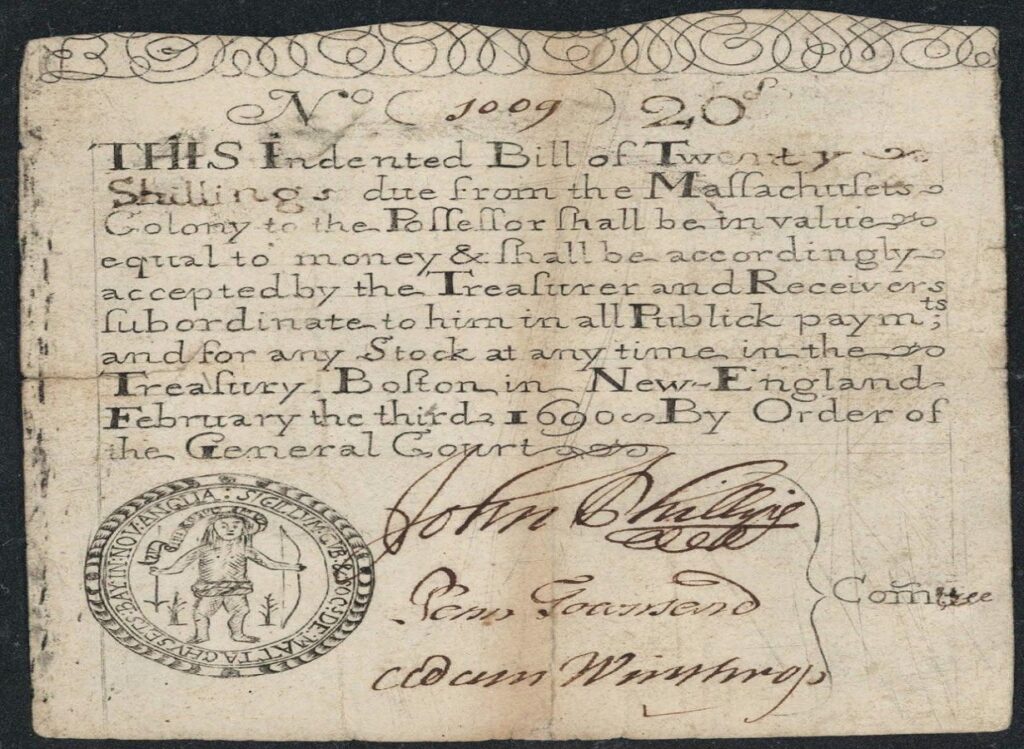
The very first paper money used in America dates back to 1690, when the Massachusetts Bay Colony issued bills to fund military expeditions. Before that, colonists mainly relied on bartering and coins from other nations. These notes, known as “bills of credit,” represented a promise to pay later, much like today’s government-backed currency. Although primitive, this system paved the way for modern banking. The experiment spread quickly to other colonies and eventually influenced the development of the Continental Congress’s paper money during the Revolutionary War.
2. The Continental Congress Issued “Continentals” in 1775
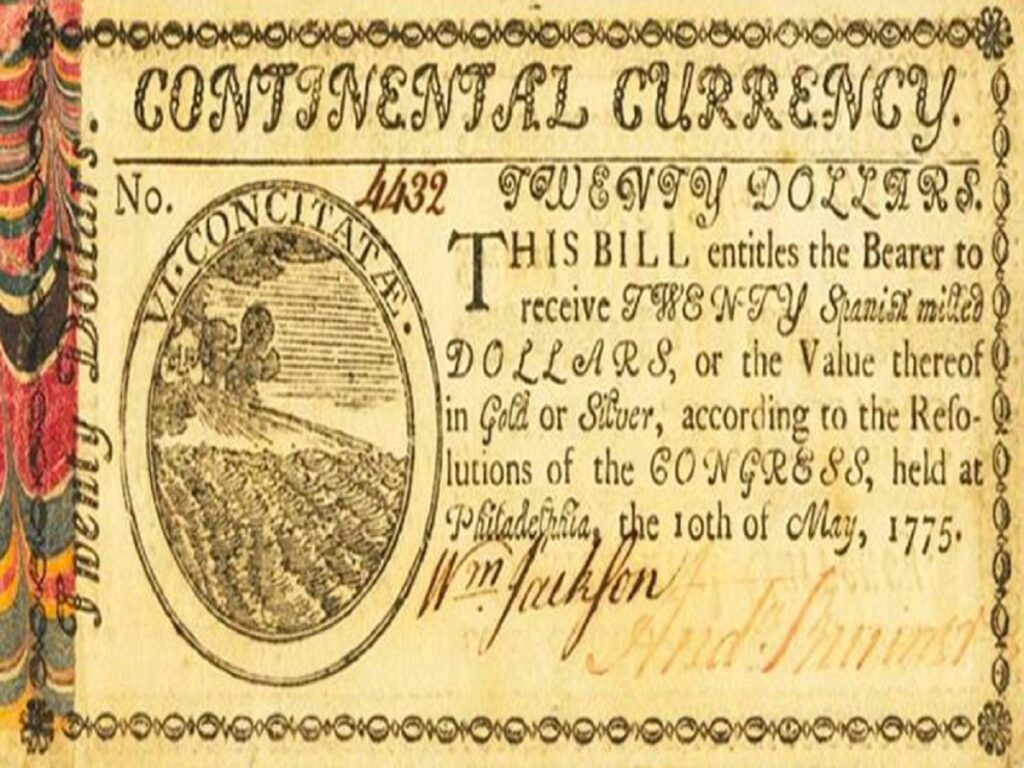
When the Revolutionary War broke out in 1775, the Continental Congress had no power to tax, so it printed money called “Continentals” to finance the war effort. Unfortunately, rampant counterfeiting and lack of backing by gold or silver caused severe depreciation, giving rise to the saying “not worth a Continental.” Despite their failure, these notes represented an essential step toward creating a unified national currency and demonstrated the young nation’s determination to stand economically independent from Britain, even amid enormous financial strain.
3. The U.S. Mint Was Established in 1792
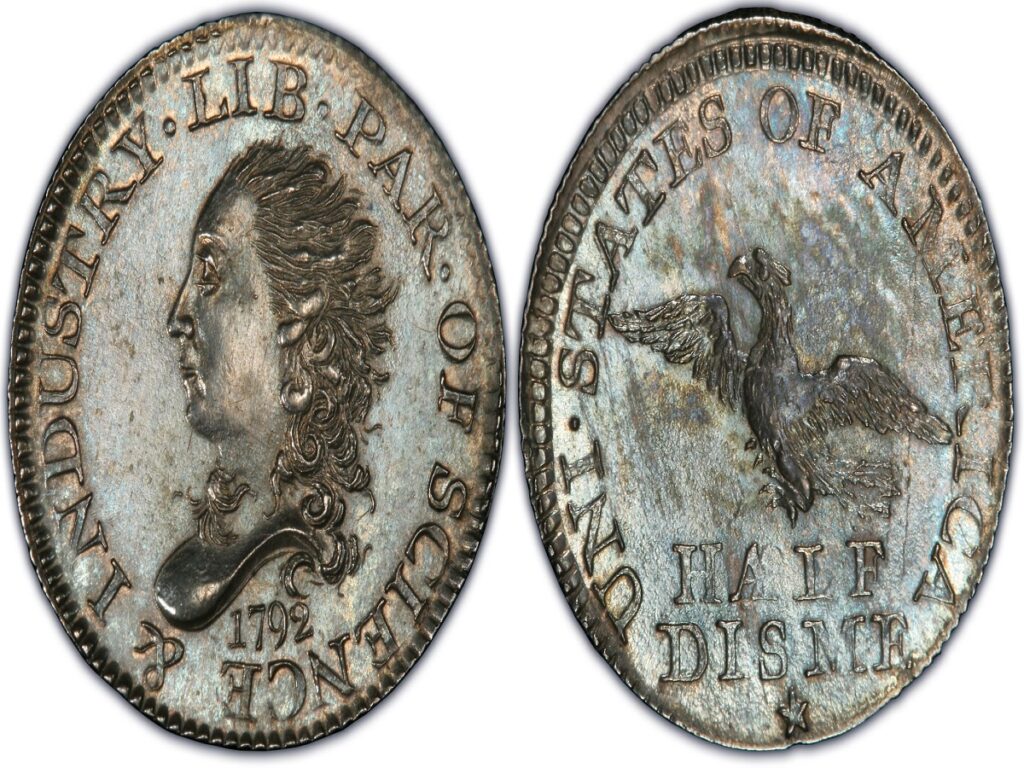
The Coinage Act of 1792 officially established the United States Mint in Philadelphia, which was then the nation’s capital. The Mint began producing coins like the copper cent and silver half dime to replace the mishmash of foreign coins circulating at the time. President George Washington appointed David Rittenhouse as the first Mint Director, and the facility became the symbol of America’s new financial identity. Early coins bore images of Lady Liberty rather than actual presidents, reflecting the nation’s strong belief in freedom and democracy.
4. The First U.S. Banknotes Were Issued in 1861
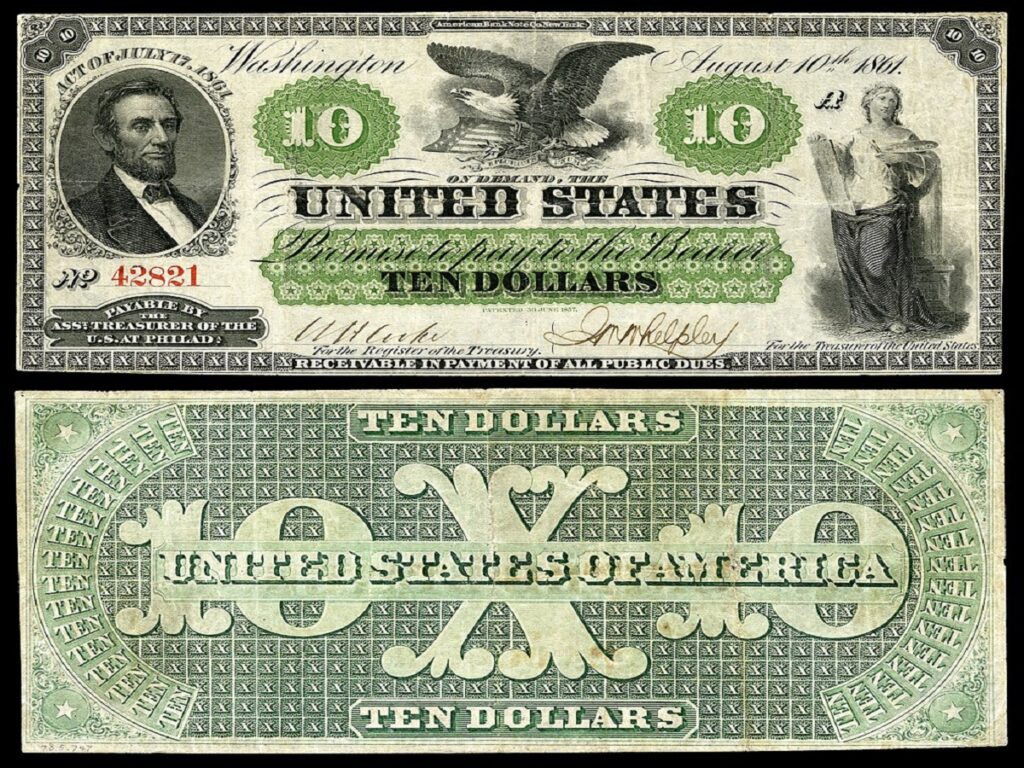
During the Civil War, the government needed a reliable way to fund its expenses without relying solely on coinage. This led to the creation of “Demand Notes” in 1861, the first official U.S. paper money issued by the Treasury. They were nicknamed “greenbacks” because of their distinct green ink, which helped deter counterfeiting. These early banknotes built the foundation for the modern dollar and marked the first time the federal government assumed direct control over paper currency, permanently transforming America’s monetary system.
5. The Gold Standard Began in 1900
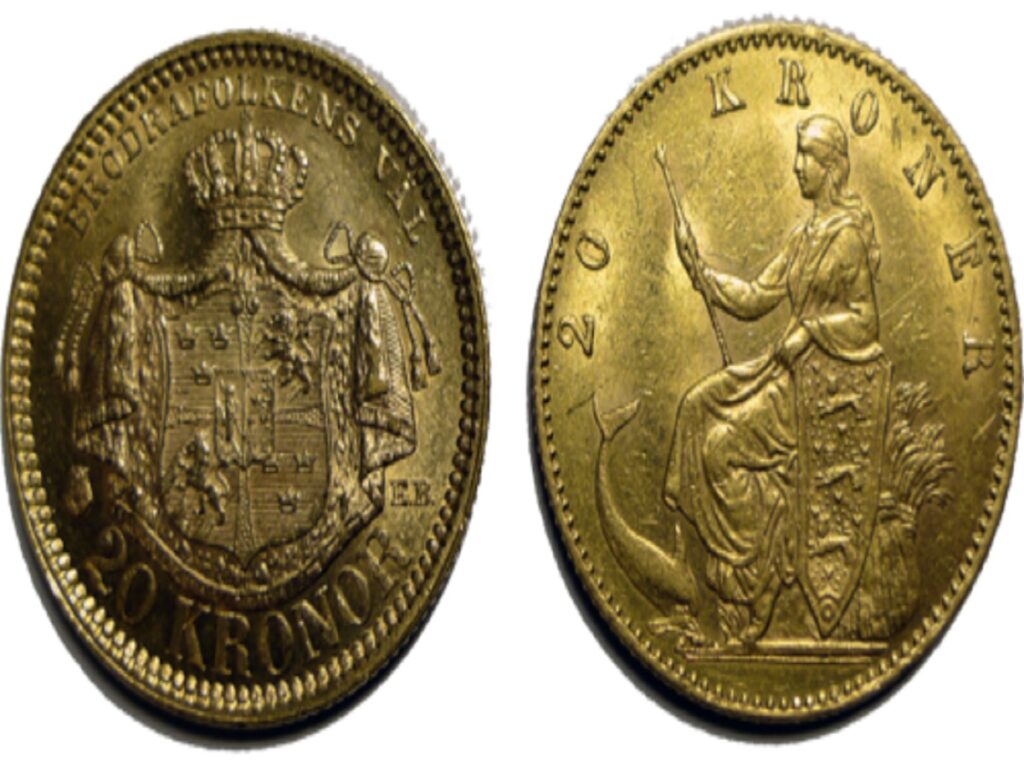
In 1900, the Gold Standard Act formally tied the U.S. dollar to gold, meaning each dollar represented a fixed amount of the precious metal. The law stabilized currency and boosted global confidence in U.S. trade. For decades, gold backed every dollar printed, limiting inflation but restricting economic flexibility. The system persisted until 1971, when President Richard Nixon ended the gold convertibility to combat inflation and protect U.S. reserves. This shift ushered in the modern era of fiat money, backed by trust rather than tangible metal.
6. The Secret Service Was Created to Fight Counterfeiting
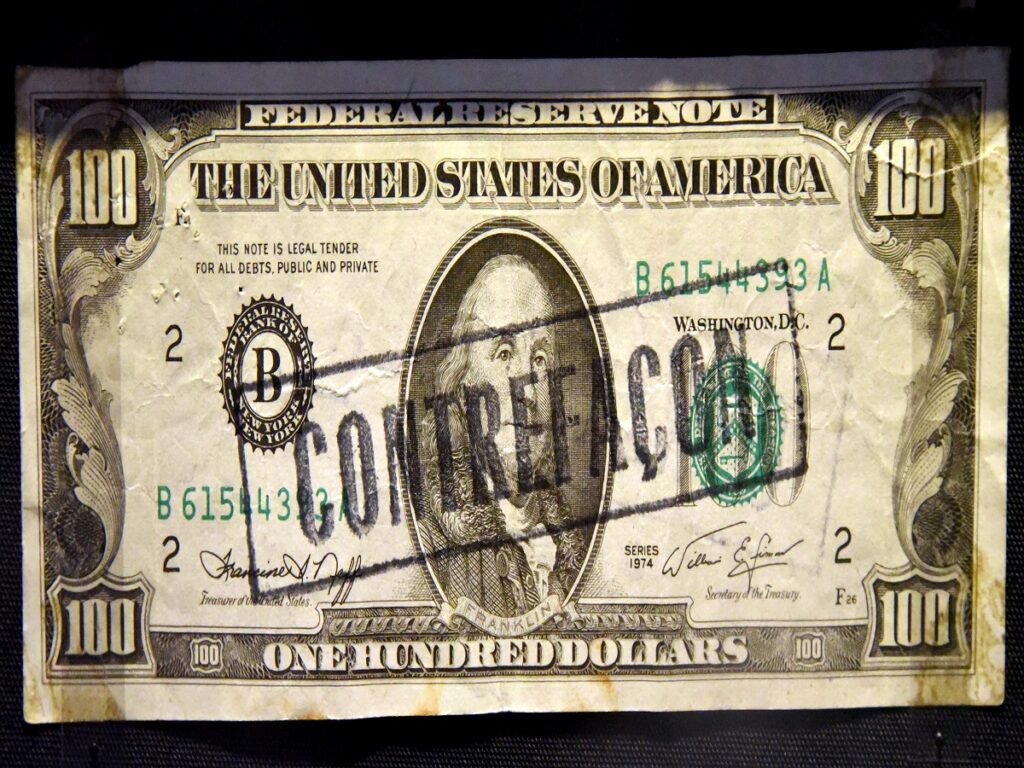
Most people associate the U.S. Secret Service with protecting presidents, but its original mission in 1865 was to combat widespread counterfeiting. After the Civil War, nearly one-third of all U.S. currency in circulation was fake. The Secret Service quickly cracked down on counterfeit operations, restoring faith in the nation’s money supply. Later, in 1901, the agency expanded to protect the president after the assassination of William McKinley. Today, it continues both roles, safeguarding leaders and maintaining the integrity of America’s financial system.
7. The $100,000 Bill Existed, But You Couldn’t Spend It
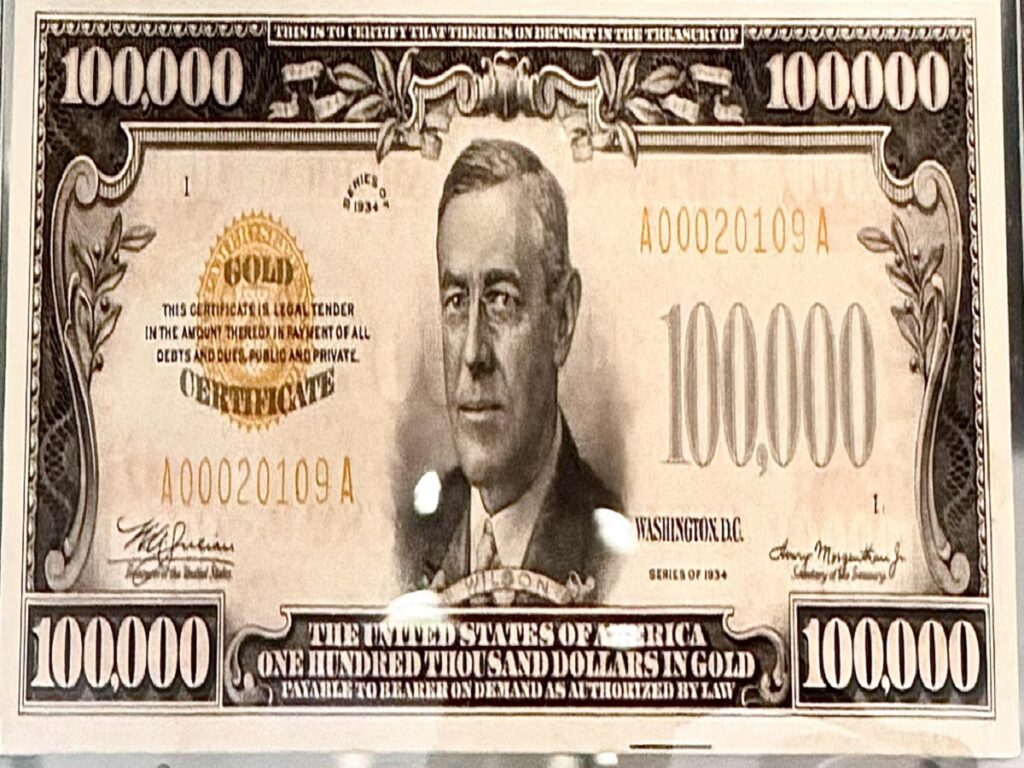
In 1934, the U.S. government printed the largest denomination ever: the $100,000 Gold Certificate featuring Woodrow Wilson. However, it was never meant for public use. These bills were used exclusively for transactions between Federal Reserve Banks and the U.S. Treasury to facilitate large-scale financial transfers. Because of this, no private citizen legally owned one. While none circulated publicly, surviving specimens now rest in museums and secure collections, offering a rare glimpse into the high-level operations of America’s banking history.
8. Paper Money Designs Have Hidden Symbols
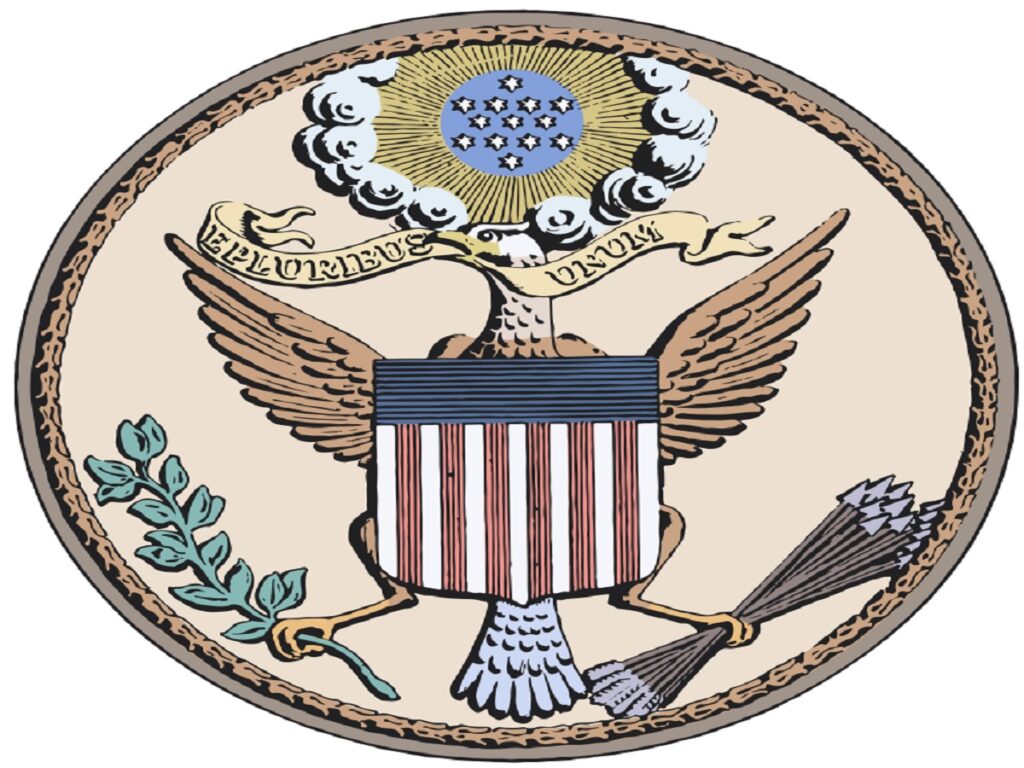
Every U.S. bill tells a silent story through its intricate design. From the pyramid with the all-seeing eye to the Latin phrase “E Pluribus Unum,” each symbol holds historical and philosophical meaning. The Great Seal, introduced in 1782, represents unity and divine guidance for the new nation. Even subtle design choices, like the 13 stars and arrows, symbolize the original colonies. These elements weren’t accidental; they reflect America’s values of resilience, vigilance, and freedom woven directly into its financial identity.
9. The Dollar Became the Global Reserve Currency in 1944
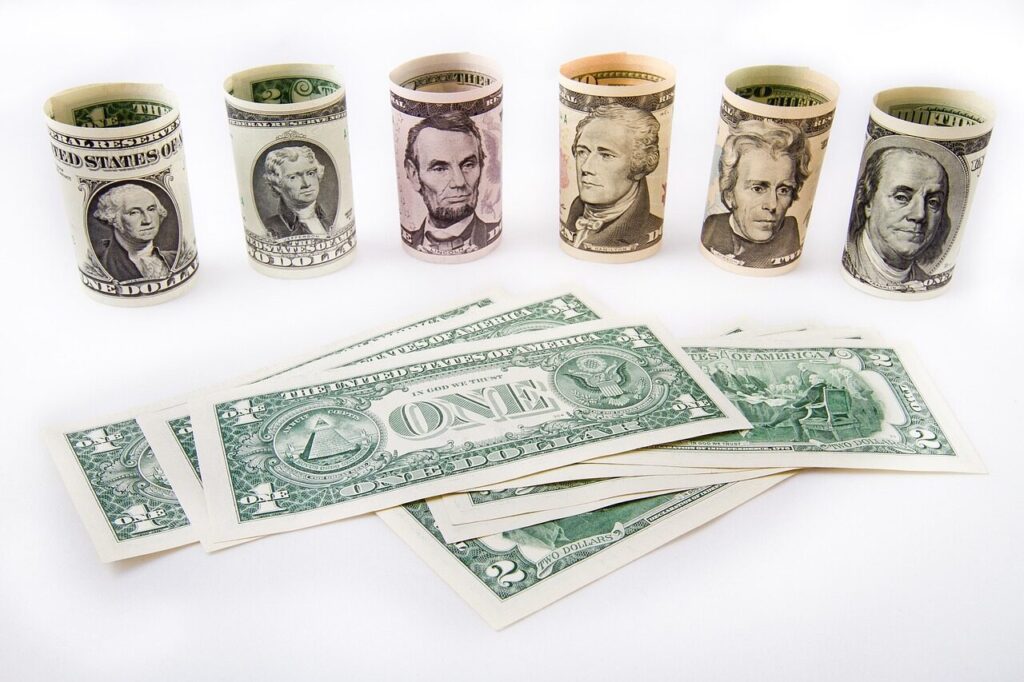
At the end of World War II, the Bretton Woods Conference in 1944 established the U.S. dollar as the world’s reserve currency. Other nations agreed to peg their currencies to the dollar, which was, in turn, backed by gold. This made the dollar the cornerstone of international trade and financial stability. Over time, even after the gold standard ended, the dollar retained its global dominance due to the strength of the American economy. Today, nearly 60% of global reserves remain held in U.S. dollars.
10. Modern Bills Use Advanced Anti-Counterfeiting Technology
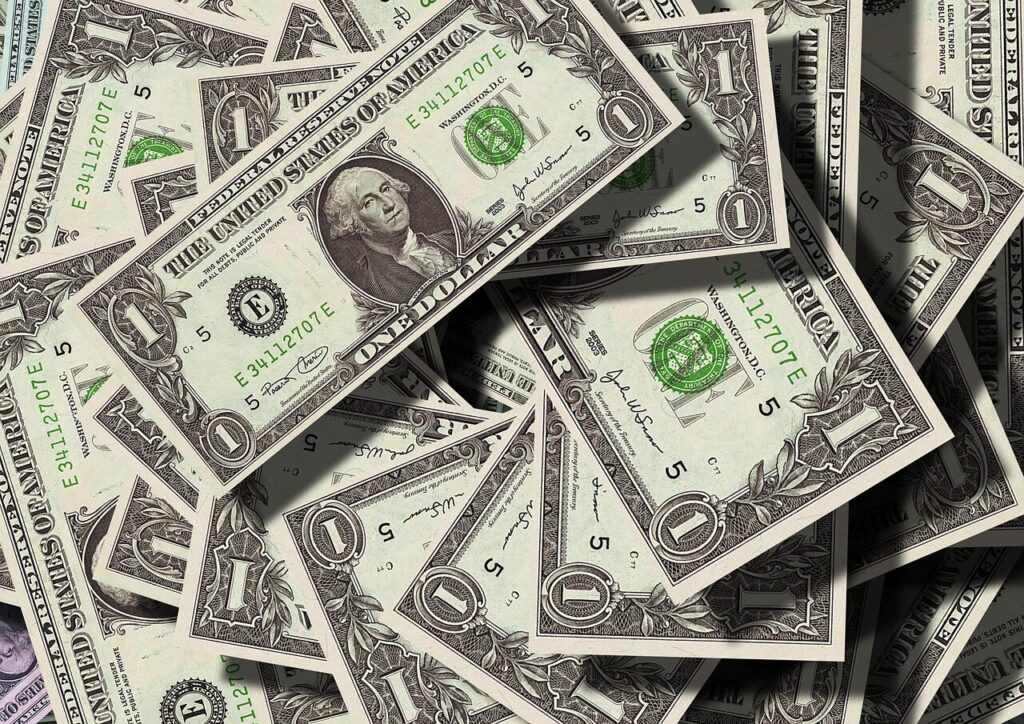
Since the late 1990s, U.S. currency has undergone several redesigns to incorporate advanced security features. New elements like color-shifting ink, 3D security ribbons, and watermarks were introduced to deter counterfeiting in an increasingly digital world. Each bill, from the $5 to the $100, has unique identifiers that blend artistry with technology. The latest redesign of the $100 bill in 2013 remains one of the most complex ever produced, reflecting how innovation continues to protect and evolve America’s enduring symbol of value.
Comments